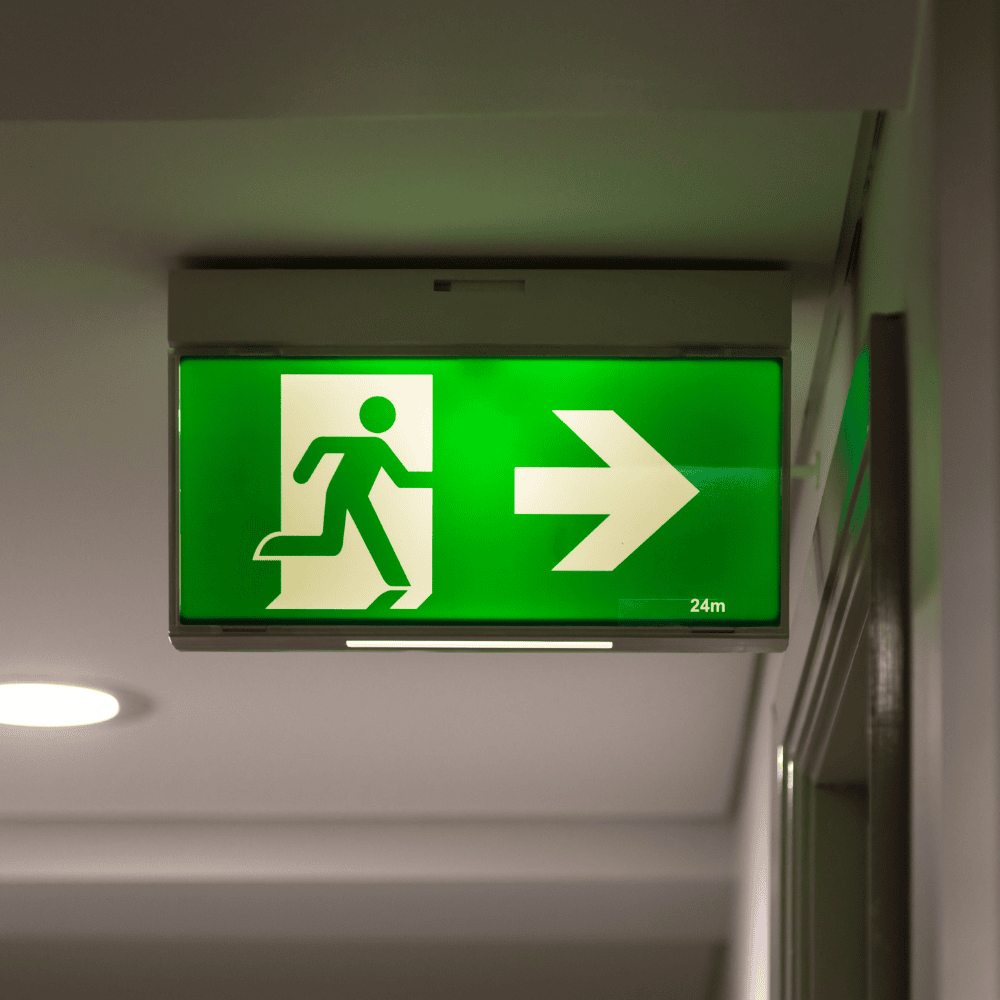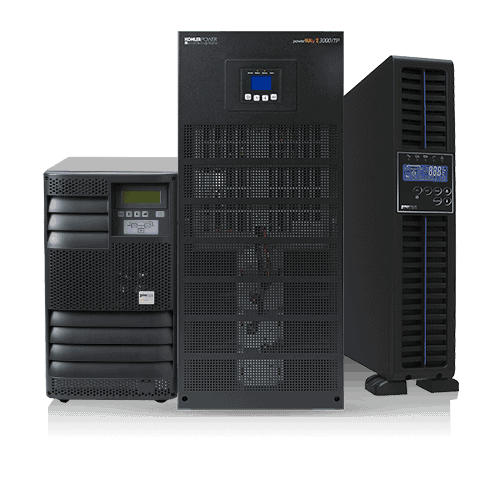All organisations operating large buildings or other facilities must have an emergency lighting system. In the UK, this is a requirement as part of the Workplace Directive (89/654) and there are various elements of legislation and BS and EN standards that apply. In many cases, organisations choose a centralised battery system, which helps to provide a robust power protection solution when required and reduce lifetime costs.
There are several elements to consider when planning a centralised battery emergency lighting system, depending on your building, its use and whether your operations are governed by particular regulations – such as those on public safety.
Why choose centralised battery emergency lighting?
When your lighting fails in buildings and premises, you need to have emergency lighting in place. This lighting will need to immediately activate in key areas, supporting either an evacuation of the building, or the ability to continue operations, depending on the circumstances.
It’s perfectly possible to have individual battery installations for each of these areas of lighting, but a centralised battery system is often the better choice for the following reasons.
Firstly, a centralised battery system is normally sited in a single location in your building, providing consistent and immediate back-up power when a mains failure occurs to all emergency lighting.
The other main benefit is that you only have to maintain one battery system rather than many individual ones. In a centralised battery system, the regular maintenance and checks can be done at one source whilst being ready to provide protection to a range of lighting around the building when required.
Design and installation considerations for a centralised battery system
There are several things to consider when you are specifying, designing and planning the installation of a central battery system. In particular, you need to consider:
- The placement and lighting of emergency exit signs.
- The clear illumination of exit routes and points of emphasis on the route.
- Lighting defined areas such as lifts, escalators, stairs, toilets, car parks, kitchens, fire-fighting equipment points and first aid points.
- Lighting in critical areas such as server rooms, plant rooms or anywhere storing hazardous materials.
- External lighting for safe meeting points.
For each of these considerations, you need to define lighting quantities and levels to ensure the safety of everyone in the building and to meet the most up to date regulations and standards. This approach will result in a detailed lighting scheme, including the placement and operation of a central battery system to provide power back up when required.
If you already have an emergency lighting plan in place, and are operating it on an individual battery basis, you can work with a professional team to replace those batteries integral to the luminaires with a centralised battery system, helping to reduce your costs and maintenance requirements.
Centralised battery maintenance and lifespan
Installing a central battery for emergency lighting may have a larger up-front cost than individual batteries integral to the luminaires, but centralisation provides a more consistent approach to reliable lighting, and reduces maintenance over time, usually resulting in a lower total cost of ownership.
Some of these operational and maintenance benefits include:
- A central battery system can provide a 230v or 400v supply in a mains failure so emergency lighting luminaires can operate at their maximum output.
- The batteries have a 10 year design life, sized to provide their specified back up time at end of life
- The system can be activated locally or remotely.
- The system can be inhibited from discharging if the building is empty.
- Local Control Switch Devices can be used to light specific areas of the building if lighting failure is not total.
- Maintenance only needs to be carried out on one battery, so is faster, cost-effective and more reliable.
Find out more about our centralised battery emergency lighting systems and contact us to speak directly to a member of our team about how we can support your organisation. Contact us at [email protected] or call Kohler on 0800 731 3269.





